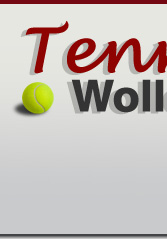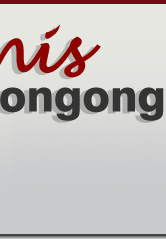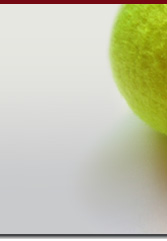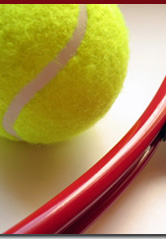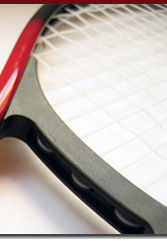Tennis Etiquette and Rules for Non-Umpired Matches
1. Rules for non-umpired matches
- Each player is responsible for all decisions in his/her half of the court. He/she should be completely honest on all “calls” but, if in doubt, he/she should give his/her opponent the benefit of the doubt and play the ball as good. You should not play a let.
- It is your obligation to call all balls on your side, to help your opponent make calls when the opponent requests it, and to call against yourself (with the exception of a first service) any ball that you clearly see out on your opponent’s side of the net.
- Any “out”, “let” or “fault” call must be made immediately (ie. Made before either an opponent has hit the return or the return has gone out of play); otherwise the ball continues in play. “Calls” must be verbal and clearly audible to the opponent, followed by a signal if necessary. “Let” may be called by any of the participating players.
- On all court surfaces except clay (see (g) below) if a player incorrectly calls a ball “out” and then realises that the ball was good, the point should be replayed on the first occasion (involuntary hindrance) and the point lost on each subsequent occasion (deliberate hindrance). In the case of a point winning shot, a let would not be played.
- In doubles, when returning service, the partner of the receiver should generally call the service line for him/her. The receiver should generally call the centre and side service lines.
- If players cannot agree on the score, they should calmly discuss the points/games that are the areas of disagreement. If they cannot reach agreement they should replay only the points or games in question. All points or games that the players agree on stand. For example two players cannot agree on whether the score is 40-15 or 30-30, but agree on the winner of the first, second and fourth points. Therefore only the third point needs to be replayed.
- Players are prohibited from checking the mark of the ball on their opponent’s side of the court, unless invited by their opponent to do so. Ball mark inspections are only permitted on clay courts. On clay courts if a player incorrectly calls a ball “out” and then realises that the ball was good, the player who called “out” loses the point.
- Where a ball interrupts play, either by rolling/bouncing onto the court, and/or creating a visible interruption behind the court a let should be played.
- If a player hinders his/her opponent it can be ruled involuntary or deliberate.
(a) When a player has created an involuntary hindrance (ball falling out of pocket, hat falling off etc), the first time a "let" should be called and the player should be told that any such hindrance thereafter will be ruled deliberate.
(b) Any hindrance caused by a player that is ruled deliberate will result in the loss of a point.
2. Etiquette
- When ballpersons are not available, all balls on your side of the net are your responsibility to pick up and, where appropriate, return directly to the server.
- The receiver should not return the first service if it is an obvious fault – let it go by or ground it.
- Do not enlist the aid of spectators, including parents, coaches etc, in making line calls, or attempting to determine other on-court matters.
- To avoid controversy over the score, the server should announce the game score before starting a game and the point score prior to serving for each point.
- Wait until a point is over before walking behind a court where a match is in progress.
- To retrieve a ball from another court or to return a ball to another court, wait until the players have completed a point.
- Do not stall, sulk, complain nor practice gamesmanship.
Download
Click here to download the Tennis Etiquette and Rules for Non-Umpired matches.
|
